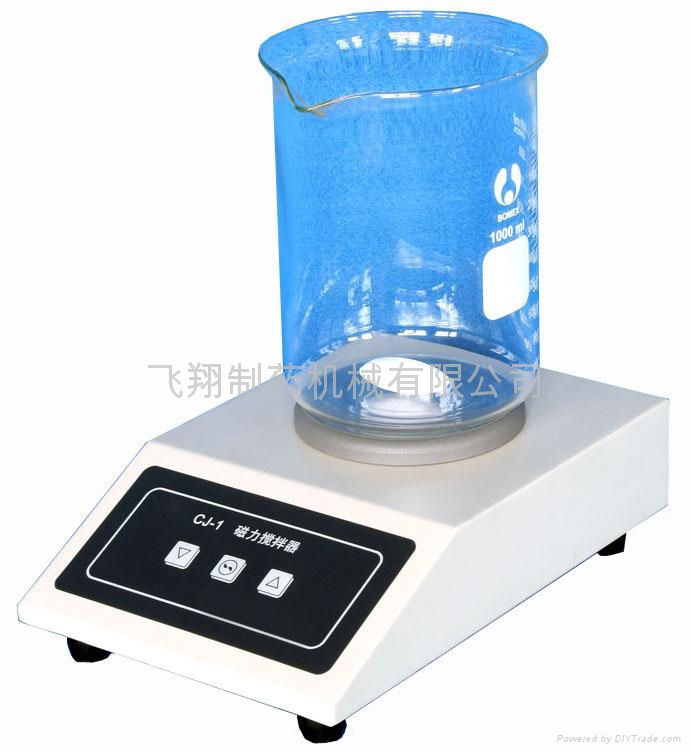gillza
0
- Joined
- Jul 26, 2010
- Messages
- 583
- Points
- 28
Hey All,
After doing a bit of searching here I was puzzled to not be able to find anybody trying to make an LPM using a simple calorimeter.
One can possibly make such calorimeter using known amount of water, heat insulating container, and something that will be suspended in the middle of the container to absorb laser light and convert it to heat (small dark colored material for example).
Something like this:

For an even heat dissipation throughout the water in the container a small stirrer can be used (or some other way of agitating the liquid inside).
Shoot your laser at the suspended object and at the same time start the timer. Record initial and final temperatures. Using specific heat formula get the energy. Knowing time calculate the Power.
I realize that it is not the fastest and by far not the most efficient way of calculating power, but if will cost you almost nothing to make.
This is not a guide, or tutorial, just a thought.
let me know what you think. If this has been discussed before, I was unable to find the info and I apologize in advance.
Thank you,
gillza
After doing a bit of searching here I was puzzled to not be able to find anybody trying to make an LPM using a simple calorimeter.
One can possibly make such calorimeter using known amount of water, heat insulating container, and something that will be suspended in the middle of the container to absorb laser light and convert it to heat (small dark colored material for example).
Something like this:
For an even heat dissipation throughout the water in the container a small stirrer can be used (or some other way of agitating the liquid inside).
Shoot your laser at the suspended object and at the same time start the timer. Record initial and final temperatures. Using specific heat formula get the energy. Knowing time calculate the Power.
I realize that it is not the fastest and by far not the most efficient way of calculating power, but if will cost you almost nothing to make.
This is not a guide, or tutorial, just a thought.
let me know what you think. If this has been discussed before, I was unable to find the info and I apologize in advance.
Thank you,
gillza







